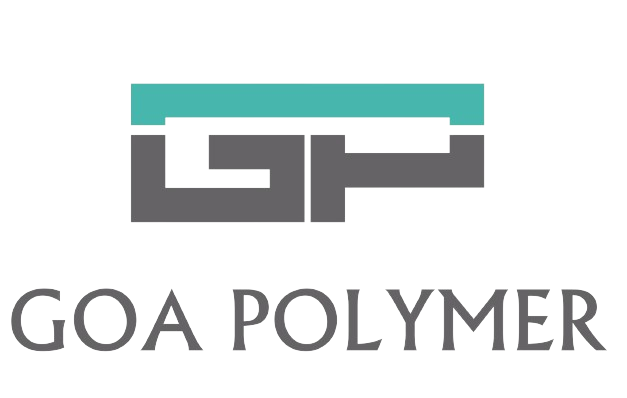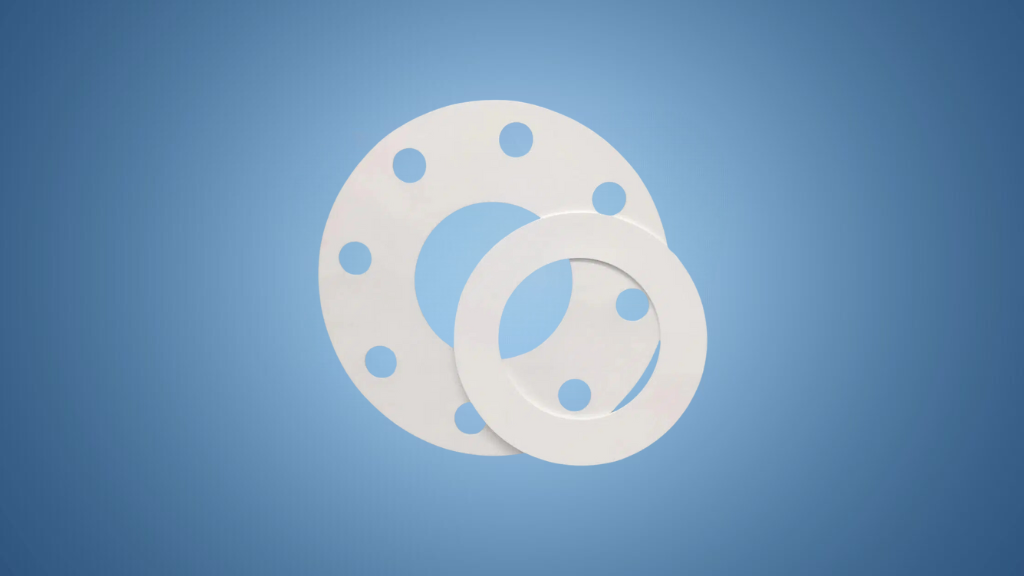When one thinks of PTFE—one poly tetra fluoro ethylene—what comes to mind is chemical resistance, characteristics of non-stick surfaces, and the ability to withstand very high temperatures. Well, basically everyone uses the terms “Teflon” and PTFE interchangeably in most of these presentations, and then everything results in confusion.
This blog has been written with the intent to clear the confusion between PTFE and Teflon sheets. By the end of it, you won’t be substituting the former with the latter and will make a wise choice for all your good uses.
Introduction
Definition of PTFE : PTFE stands for polytetrafluoroethylene. It is a chemical compound developed in a fluoropolymer; synthetic PTFE is extremely chemical-resistant and very low in friction. It is also considerably thermally resistant. The material PTFE is of a versatile nature; it is utilised from industrial applications to consumer goods.
Introduction to Teflon: Teflon is one of those brand names owned by DuPont, and probably one of the most well-known words on earth that pertains to non-stick surfaces. Though synonymous with being used more than anything else for cookware, it is also common in many industrial applications. One of the confusions occurs with this product because Teflon is a type of PTFE, and all PTFE products aren’t Teflon.
Purpose Summary: This blog will go beyond explaining that, most of the time, Teflon and PTFE are considered synonyms; their differences; and how one can select his favourite material for his applications.
Know About the PTFE
Chemical Composition and Structure: PTFE is made up of carbon and fluorine atoms. The bonds between carbon and fluorine in organic chemistry are very strong; therefore, this gives PTFE some stability and chemical resistance. This might be why they have low coefficients of friction and actually sometimes are used as nonstick agents.
Synthesis: PTFE, a versatile material, results from the polymerization of a monomer known as tetrafluoroethylene (TFE). This polymerization process allows PTFE to be molded into various forms, including sheets, rods, and tubes, depending on specific requirements. For instance, PTFE sheets are created by compressing the material with heat and then cooling it into a solid form. GoaPolymer, a leader in this industry, offers the best Carbon Filled PTFE Products, ensuring top-quality materials that meet the highest standards for a range of applications.
Key Properties :
High Chemical Resistance: PTFE has very high resistance to almost all chemicals due to its inert nature and can work in a very corrosive atmosphere.
Non-stick properties: PTFE has one of the lowest coefficients for friction and hence is used very extensively in non-stick cookware and any other type of application for which low friction is necessary.
High-Temperature Tolerance: PTFE is a material that has the ability to resist heat, and exploitation may be done up to 260°C continuously without damaging its properties.
Electrical Insulation: Since it is an excellent electrical insulator, the applications of PTFE in electrical electronics are huge.
Applications: PTFE finds application in a broad spectrum starting from aerospace, electronics, and chemical processing to food. More specifically, it is used as a gasket, seal, bearing, and non-stick coating material.
Understanding Teflon: The Magic Repellant
Brand Teflon: Teflon is the registered name of the range of fluoropolymer products that DuPont manufactures, part of which is PTFE. Because of its outstanding reputation for performance, the brand name has now been so universally applied as a name for non-stick that it tends to be used for any PTFE product—this, of course, is wrong.
Other fluoropolymers — not only PTFE — include Teflon AF, an amorphous fluoropolymer, Teflon FEP, and Teflon PFA. These have differing properties and would be used in specific applications that use the PTFE not suited for. Teflon AF: Known to have a very low dielectric constant, this material is used in optical and electronic applications.
Teflon FEP: More flexible and mould-processable than PTFE; Applied in coatings and films.
Teflon PFA: The same properties as PTFE but with easy processability and higher thermal stability.
Applications: Generally, the Teflon- referring polymers find application in cookware for the general industries, automobile parts, wire insulation, and machinery. Teflon is a brand associated with very good housekeeping .
PTFE and Teflon Sheets– Compared :
Of course, Teflon sheets are nothing more than PTFE sheets under the Teflon brand, having the same basic chemical structure and basic characteristics over all.
Quality and Standards This is another area in which the difference can arise between generic PTFE sheets and Teflon sheets: that of quality control. The bulk of Teflon products will first undergo much more hardline defined quality process assurance that provides good performance uniformity with the best value for money under stipulated standards in various industries. Quality in generic PTFE sheets could vary from one manufacturer to another.
Price and Availability : Given this is a branded Teflon sheet, expect to pay accordingly. Most PTFE sheets are very cheap as generic materials. Just make sure that you are buying the right material for your application.
Special Considerations :
Brand Assurance: You pay for a Teflon-branded product, and with that you pay for the assurance of quality and reliability. The reputation of the brand gives you the security that you can count on the performance which that product can assure. You will be able to save a few bucks with a generic PTFE sheet, but that would not guarantee you much in critical applications.
Regulatory Aspects: In general, the Teflon products are certified against several regulatory standards, such as being FDA-approved relating to the contact of food items or ISO-certified, which may well be the case for generic PTFE sheets but, again, this has to be checked before using them.
Environmental and Safety Considerations: On the long list of uses where Teflon is deployed, manufacturing it historically has involved a substance known as PFOA, which is infamous for both environmental as well as health-related issues.
Case Studies and Real-World Examples :
Although it no longer uses PFOA for making Teflon-based products, this is something one should consider when choosing either Teflon or the usual PTFE sheets. PTFE is not environmentally friendly and therefore poses long-term environmental impact concerns.
Industrial use: If, for instance, the industries dealing in chemical processing or aerospace make a decision on Teflon versus generic PTFE, the choice could be quite serendipitous, not for the cost saving purpose but for the consistency and reliability of Teflon sheets in a highly corrosive environment.
Consumer Products: Teflon represents non-stick cookware in the consumer world. Generic PTFE coatings come at discounted prices. The catch may precisely be in terms of the longevity and the utility value offered since Teflon coatings do last longer, offering superior performance.
Failure and Success Stories: Otherwise, many cases have been seen where not going with Teflon, but a generic PTFE sheet, led to product failure because of inconsistent quality. There are, on the flip side also quite some success stories where generic, cost-effective PTFE has performed admirably in less critical applications.
Conclusion
Teflon and PTFE sheets are the same thing in the chemical profile; obviously, they differ only by the fact that Teflon is one of the common brand names of PTFE, and the real differences will be in the quality control, regulatory standards, and brand assurance.
The choice between the Teflon and the generic PTFE sheet can be made based on what type of requirements the application at hand has. Some require very high-priced and reliable ones—for instance, for use in critical applications—while the generic PTFE sheets will, for a lot less demanding ones, save a lot of money.



